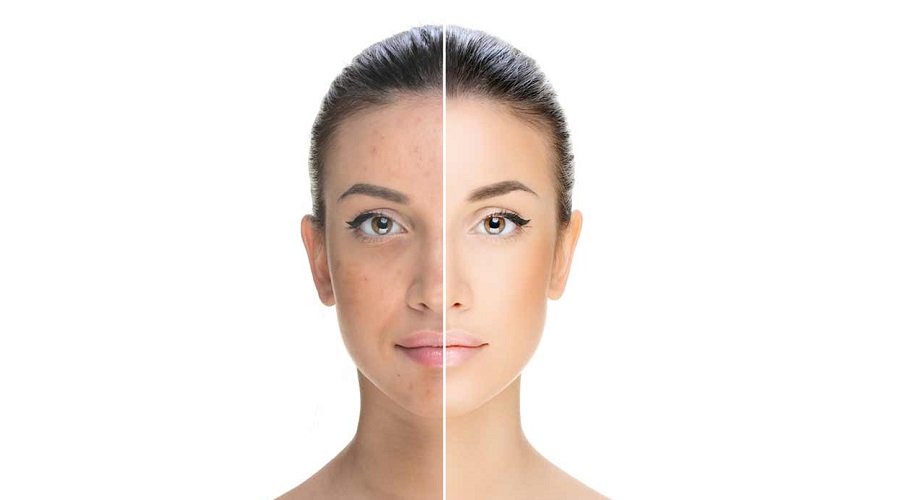What is melasma?
Melasma is a common skin problem. The condition causes dark, discolored patches on your skin
occurs in pregnant women. The condition is much more common in women than men, though men can get it too. According to the American It’s also called chloasma, or the “mask of pregnancy,” when it Academy of Dermatology, 90 percent of people who develop melasma are women.
Symptoms of melasma
Melasma causes patches of discoloration. The patches are darker than your usual skin color. It typically occurs on the face and is symmetrical, with matching marks on both sides of the face. Other areas of your body that are often exposed to sun can also develop melasma.
Brownish colored patches usually appear on the:
- cheeks
- forehead
- bridge of the nose
- chin
It can also occur on the neck and forearms. The skin discoloration doesn’t do any physical harm, but you may feel self-conscious about the way it looks.
If you notice these symptoms of melasma, see your healthcare professional. They might refer you to a dermatologist, a doctor who specializes in treating skin disorders.
Causes and risk factors of melasma
It isn’t totally clear what causes melasma. Darker-skinned individuals are more at risk than those with fair skin. Estrogen and progesterone sensitivity are also associated with the condition. This means birth control pills, pregnancy, and hormone therapy can all trigger melasma. Stress and thyroid disease are also thought to be causes of melasma.
Additionally, sun exposure can cause melasma because ultraviolet rays affect the cells that control pigment (melanocytes).
How is melasma diagnosed?
A visual exam of the affected area is often enough to diagnose melasma. To rule out specific causes, your healthcare professional might also perform some tests.
One testing technique is a Wood’s lamp examination. This is a special kind of light that’s held up to your skin. It allows your healthcare professional to check for bacterial and fungal infections and determine how many layers of skin the melasma affects. To check for any serious skin conditions, they might also perform a biopsy. This involves removing a small piece of the affected skin for testing.
Is melasma treatable?
For some women, melasma disappears on its own. This typically occurs when it’s caused by pregnancy or birth control pills.
There are creams your healthcare professional can prescribe that can lighten the skin. They might also prescribe topical steroids to help lighten the affected areas. If these don’t work, chemical peels, dermabrasion, and microdermabrasion are possible options. These treatments strip away the top layers of skin and may help lighten dark patches.
These procedures don’t guarantee that melasma won’t come back, and some cases of melasma can’t be completely lightened. You might have to return for follow-up visits and stick to certain skin treatment practices to reduce the risk of the melasma returning. These include minimizing your sun exposure and wearing sunscreen daily.
